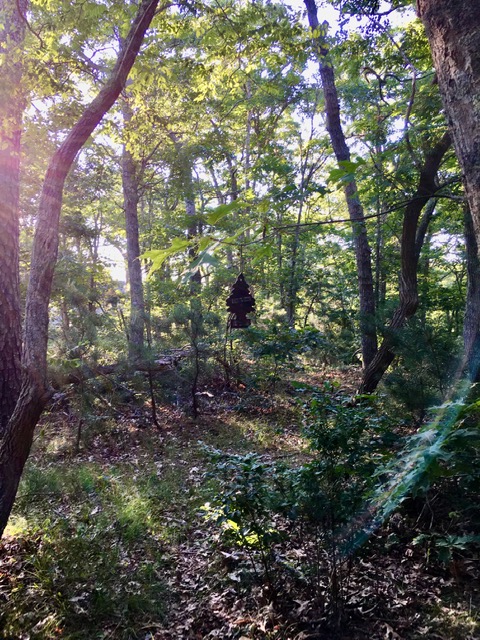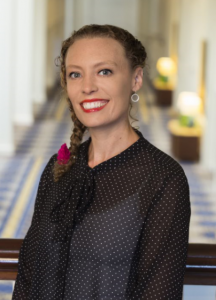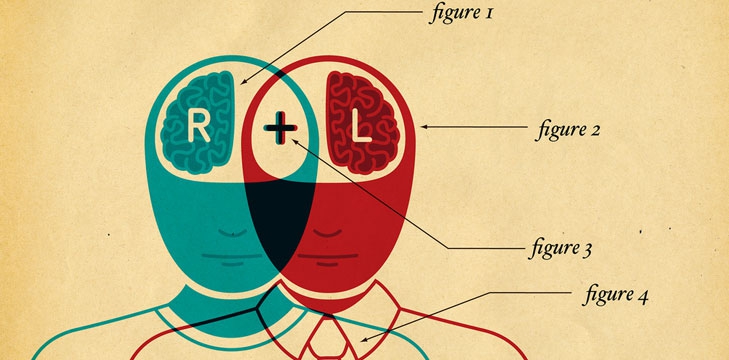 Two weeks ago, I attended my last Apra Board Meeting, immediately followed by the 2023 Apra Prospect Development Conference. As a team building exercise, we kicked off our board meeting with “6 Word Memoirs.” As one might expect in a group of about a dozen people, the tone and tenor of our memoirs varied – some professional, some personal, some serious, some funny, some focused on being “in the moment”, others focused on lifelong characteristics. Mine was as follows:
Two weeks ago, I attended my last Apra Board Meeting, immediately followed by the 2023 Apra Prospect Development Conference. As a team building exercise, we kicked off our board meeting with “6 Word Memoirs.” As one might expect in a group of about a dozen people, the tone and tenor of our memoirs varied – some professional, some personal, some serious, some funny, some focused on being “in the moment”, others focused on lifelong characteristics. Mine was as follows:
This Year. Many Changes. Reflective. Bittersweet.
For those who do not know me, 2023 has been a year of change. About 6 weeks prior to the conference, I started in my current position at The Helen Brown Group. And, after 6 years of being on the Apra Board, my term was coming to an end.
As such, my mood was very, well, reflective. As you might imagine, a 6-year board tenure could feel like both a short and long amount of time.
On the one hand, some things within Apra and within our profession have not changed over the past 6 years – and maybe they never will. We are still debating whether the full prospect profile is “alive” or “dead.” We are still complaining about database conversion projects. Most of us are planning, in, or about to finish some type of large capital campaign. You get the idea.
On the other hand, over the past 6 years our industry has changed, evolved and grown substantially! Like many of us, I don’t always like change. But, change is not only a constant, it is also necessary. I have learned to embrace the later.
Also like many of us, I often have trouble seeing the forest through the trees. So, since the themes of change and sixes have both been on my mind, I thought: it’s time to highlight 6 “trees” that have sprouted in our industry’s “forest” over my 6 years on the Apra Board.
1. COVID – COVID had a transformative impact on almost every aspect of our lives – professional and personal. Did I really need to mention this? Probably not. However, it was so impactful that how could I not mention it? Enough Said.
2. ChatGPT, AI and similar – do I think ChatGPT or AI is going to replace our profession? No. Do I think they are going to change the way we do our work. Absolutely.
Some of us are old enough to remember when the Internet was rumored to replace our profession and it obviously didn’t. We are still here!
However, I think we’d all agree that the way we work is significantly different – more efficient and faster – than the days of library visits, stacks of books and lots of phone calls to request information. My suspicion is that this era of technology innovation will have the same type of impact, forcing (in a good way!) us to evolve.
3. DAFs – Did Donor Advised Funds exist 6 years ago? Yes. In fact, there’s a great blog post by my colleague Jayme Klein here that reviews the history of DAFs.
However, in the past few years the importance of DAFs and their impact on our industry really started to explode. In fact, according to the National Philanthropic Trust, DAFs grew 28% in 2021 alone.
Those who follow GivingUSA have also noticed that over the past couple of years there has been a decline in individual giving alongside an associated increase in foundation giving. Most experts attribute a portion of this shift directly to the impact of DAFs.
If donor giving patterns are changing, our industry must learn to adapt and keep up with those changes.
4. Data Governance and Privacy Landscape – while FERPA and HIPAA certainly existed for way longer than my six-year looking-glass, we now have an alphabet soup with GDPR, CCPA, PIPEDA and VCDPA added to the mix. This, of course, is an evolving landscape with legislation pending (or already in effect) in other states and countries.
Sites like The Nonprofit Alliance can help us track legislation. However, knowing about the law is only ½ the battle. Perhaps the bigger challenge will be in the nimbleness and complexity needed to adhere to all of variations across so many laws.
While my first 4 are broad and impact the entire philanthropic landscape, I wanted to reserve my last 2 specifically for Apra, since my tenure on the Apra board was the inspiration for this post. Of course, many trees have sprouted within Apra over the past 6 years. I’ll highlight two:
5. Apra’s DEI Data Guide – In 2021, Apra published its first version of a new DEI Data Guide (spoiler alert: an updated version is due to be published later this year, along with a brand new asset on data minimization!). The Guide’s purpose is to serve as a resource for best practices in the ethical collection, storage, and usage of DEI data.
Sure, Apra was talking about DEI 6 years ago. And, Apra has always prided itself on providing an ethical guidepost for the philanthropy profession. It even has an entire section of its website focused on Ethics and Compliance.
But talking about something and having text on a website does not make it a seminal cornerstone of a professional association.
It is to this end that the importance of the DEI Data Guide cannot be understated, especially as Apra is a community that lives, breathes and thrives on using data to advance philanthropy.
In quick stead, the Guide has also served as a launch pad that helped elevate Apra as “The Leader” in assuring the proper collection, use and protection of donor data across the entire philanthropic sector. In fact, the Guide has been promoted in efforts by AFP, CASE, aasp, and the Chronicle of Philanthropy, just to name a few.
6. Due Diligence – Okay, full disclosure: I was having a bit of trouble picking this last one. There was so much to choose from that I really couldn’t decide!
My mind was quickly made up when I read Heather Willis’s Intelligent Edge post last week on Comprehensive Due Diligence Research. Of course!
Due diligence has always been in the back of a researcher’s mind. I distinctly remember an example from my time as a Prospect Researcher at Boston University when a colleague realized that a prospective donor was possibly connected to a terrorist organization. Yikes! What to do? We talked about it and made some ad hoc decisions on how to handle next steps. We had no formal policy or procedure in place. This was twenty years ago.
Now, Due Diligence is a practice of its own with guideposts and guardrails to follow. We’ve come a long way, baby!
In addition to Heather’s great insight, also check out Apra’s Due Diligence Toolkit, published in 2020, along with about a dozen other resources in Apra University, all published in the last few years and including a 2021 webinar featuring HBG’s very own Michele Borucki and Jayme Klein! (note: some links require an Apra membership).
Each one of my “sixes” is worth a full blog post on its own! But for now, I’ll leave you with these brief thoughts on each as I set my sights on building my next 6 Word Memoir…








